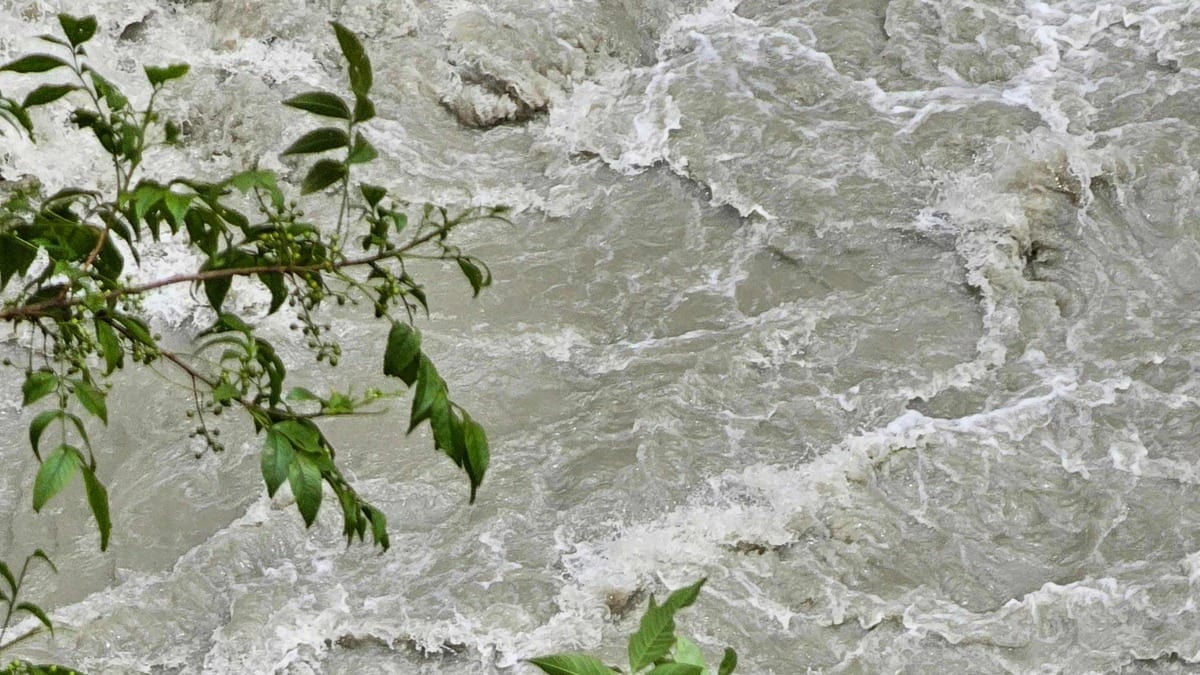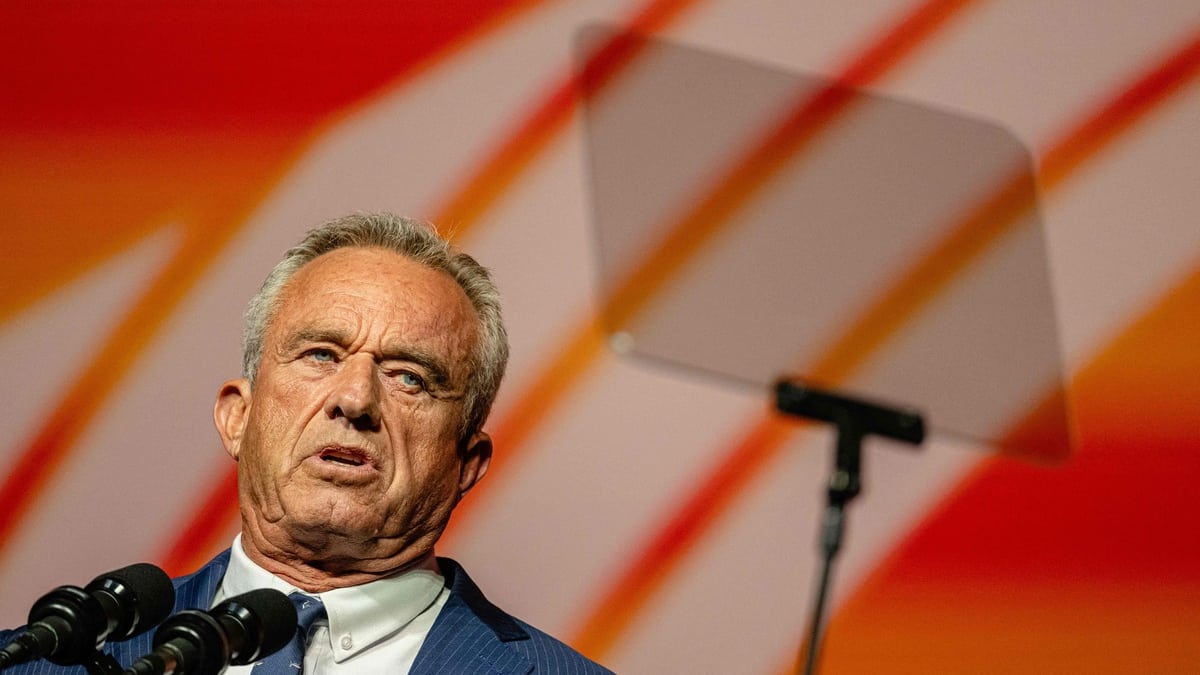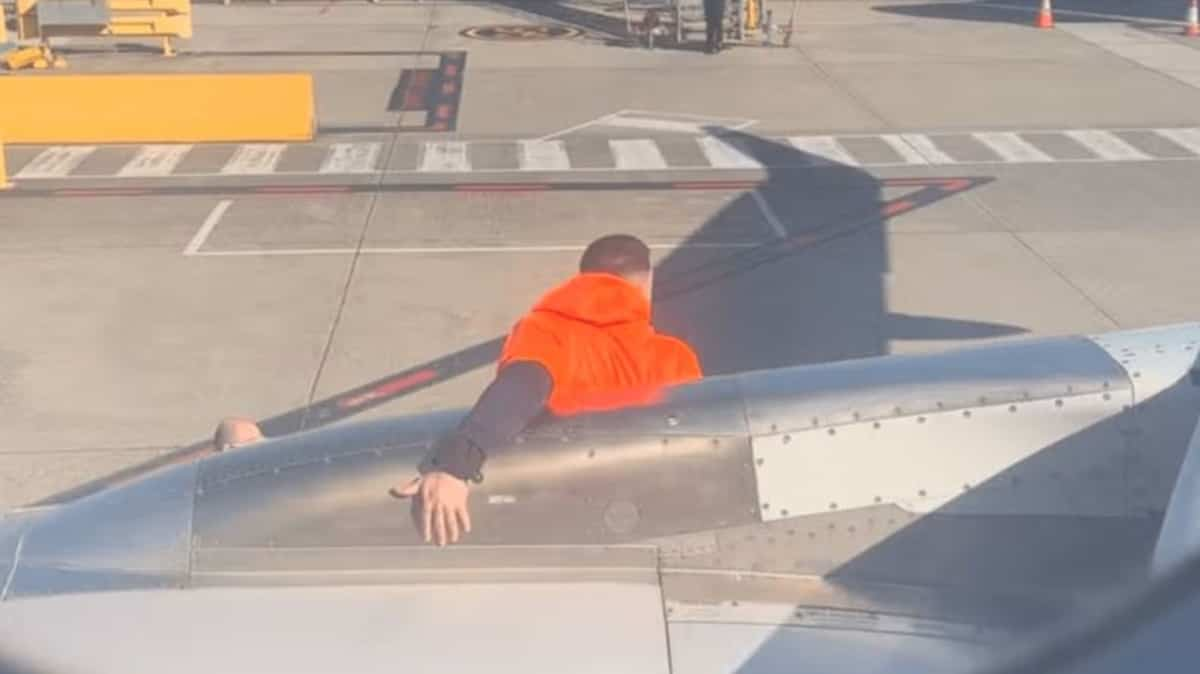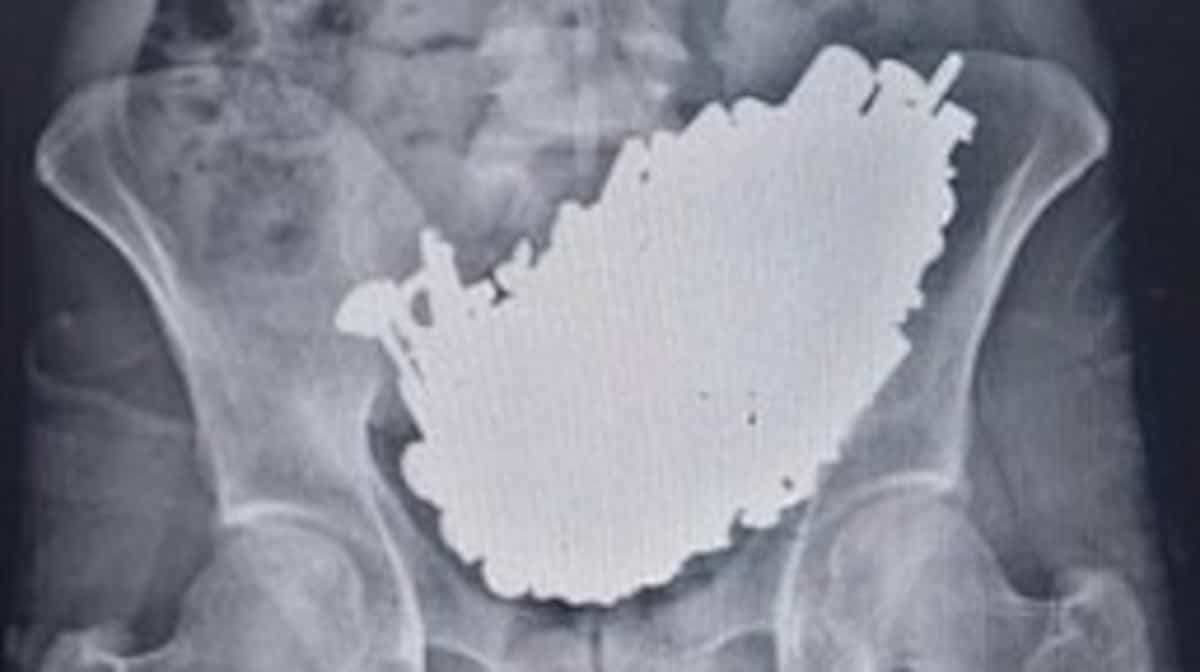
Kosovo police said on Sunday they came under fire in the north of the country, where roadblocks were set up on roads to Serbia in protest against the government’s border policy.
• Read also: Serbia supports Ukraine’s safety, will not impose sanctions on Moscow
The police said in a statement that the shots did not cause any injuries.
The two crossings are closed to traffic.
An AFP correspondent noted that hundreds of Kosovar Serbs had massed trucks, tankers and other heavy vehicles on the roads leading to the Yaringi and Prancak crossings on Sunday night.
Then a crowd settled around the barricades, with the professed intention of spending the night there.
Since Monday, anyone entering Kosovo with a Serbian ID will have to replace it with a temporary document while they are in the country, according to a decision by the Pristina government.
In addition, Kosovo Serbs whose vehicles have Serbian-issued registration plates will have to replace them with Kosovo plates within two months.
On Sunday, Prime Minister Albin Kurti made it clear that it was a measure of reciprocity, insofar as Serbia – which does not recognize the independence of its former Albanian-majority province, declared in 2008 – requires the entry of much of Kosovo into its territory.
Kosovo Serbs do not recognize the authority of Pristina or the independence of Kosovo and remain loyal to Belgrade, on which they depend financially.
Serbian President Aleksandar Vucic said in an address to the nation on Sunday that the situation in Kosovo “has never been more complicated” for Serbia and Serbs living there.
“It’s boiling,” Vucic said, adding that “Serbia will win” if the Serbs were attacked.
For his part, Albin Kurti accused Mr. Vucic of causing “trouble”.
“The coming hours, coming days and coming weeks can be difficult and problematic,” Kosovo’s president wrote on Facebook.
Last September, northern Kosovo was the scene of high tension after Pristina’s decision to ban Serbian license plates on its territory, marred by daily demonstrations and marked by obstruction of traffic at two border crossings.






